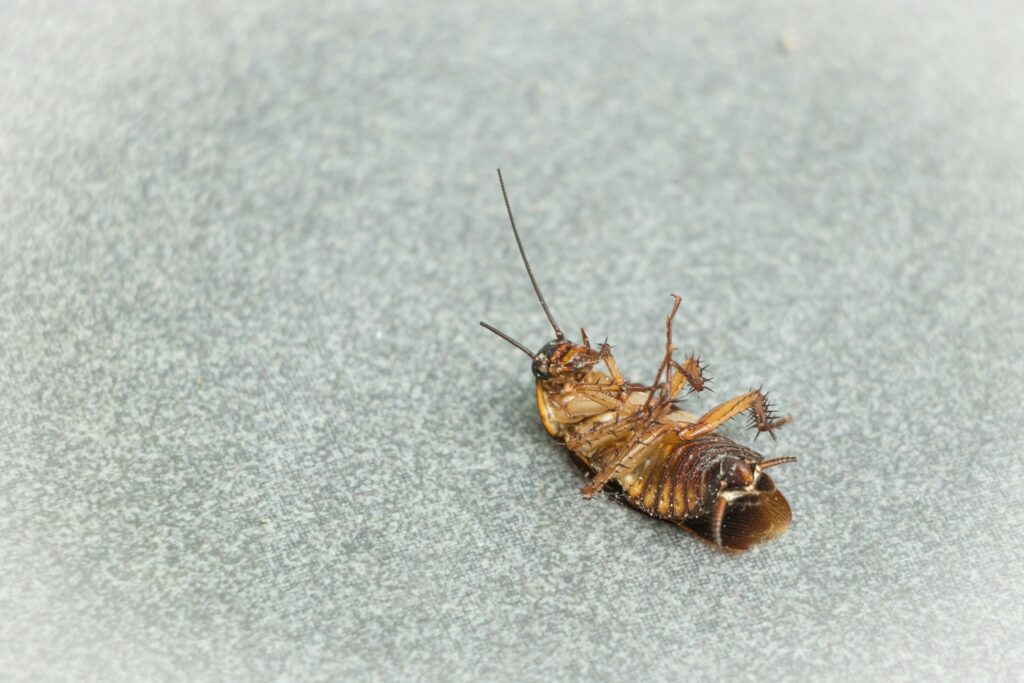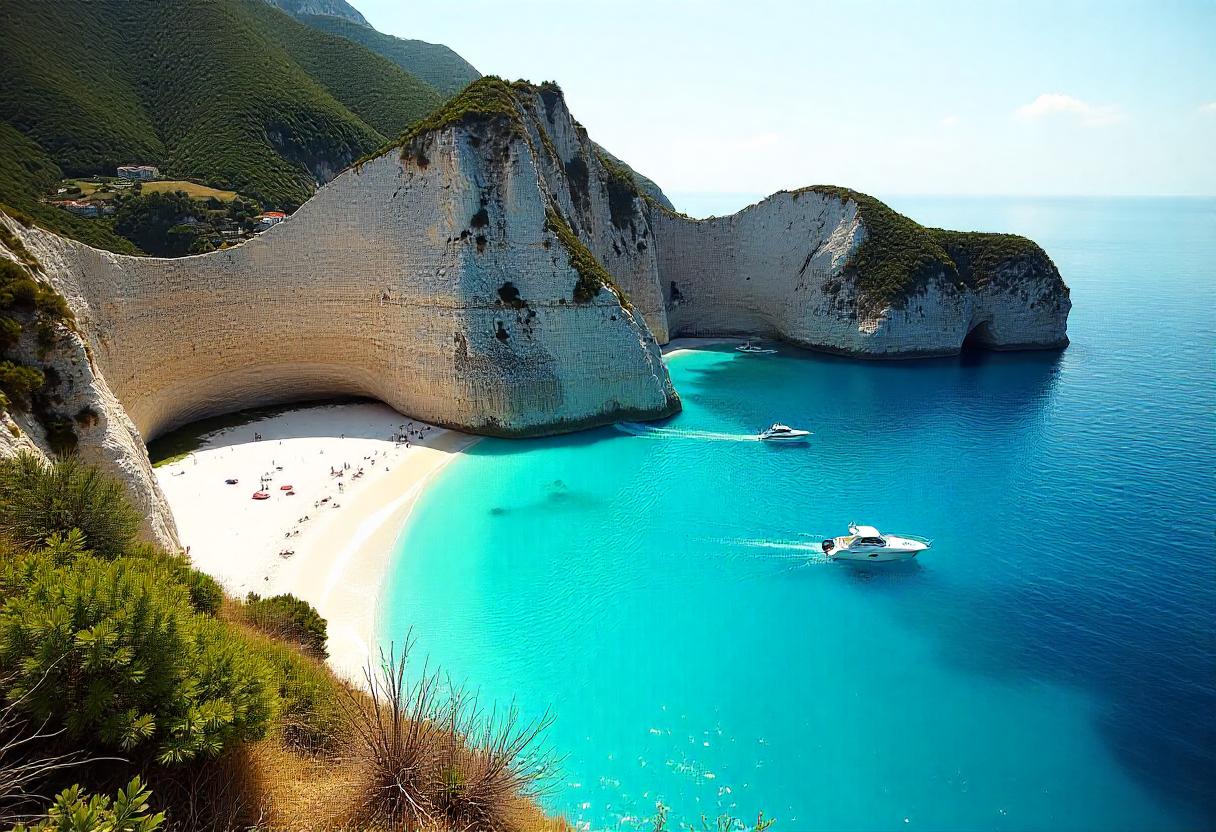Archaeologists Discover Three Lost Maya Cities in Guatemala's Jungle
Archaeologists from Slovakia and Guatemala, working together with the Uaxactún Archaeological Project (PARU), have uncovered three previously unknown Maya cities in Guatemala's Petén jungle. The sites lie roughly 3 miles (5 kilometers) apart, forming a triangle, and span a long period of Maya history from the Middle Preclassic era (about 1000–400 B.C.) to the Late Classic period (A.D. 600–900). Experts say that the discovery sheds new light on Maya civilization's early history.
According to the translated statement from Guatemala's Ministry of Culture and Sports, the largest site, called Los Abuelos (meaning "The Grandparents"), was active in both Preclassic and Classic times. It yielded striking stone statues of a man and a woman, thought to represent ancestral figures. The city included an astronomical complex with buildings aligned to mark the solstices and equinoxes. Excavators found a ceremonial frog-shaped altar and a carved stela with Maya writing that has not yet been deciphered. An elaborate burial contained the bones of a person and two large cats, along with pottery vessels, shells, and arrowheads.
Art historian Megan O'Neil notes that the human-size statues are "especially poignant," reflecting how the Maya honored their ancestors. She also highlights the intact pottery finds: the area had been heavily looted in the past, and many ceramics from this region now sit in museum collections with unknown origins. These new excavations may help trace those artifacts back to their source.
The second city, Petnal, features a 108-foot (33-meter) pyramid with a flat summit chamber decorated with red, black, and white murals. Archaeologists believe Petnal was a regional political center. A frog-shaped altar suggests rituals linked to fertility and renewal. At nearby Cambrayal, researchers uncovered the remains of a palace topped by a water reservoir and an ingenious canal system. Rainwater was channeled from a rooftop cistern down through hidden pipes, probably to flush waste.
These findings reveal truly surprising complexity in early Maya cities. By comparing art and architecture at all three sites, researchers gain a clearer picture of the cultural and engineering achievements of the ancient Maya civilization.










:strip_icc()/i.s3.glbimg.com/v1/AUTH_19863d4200d245c3a2ff5b383f548bb6/internal_photos/bs/2025/Y/q/4WozA2RquASudANzBP1w/raio.jpg)

